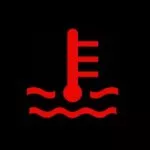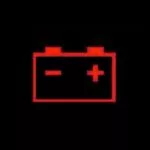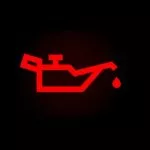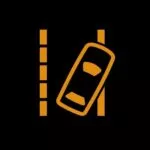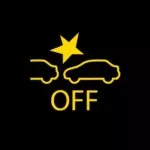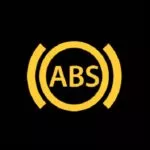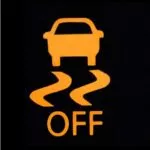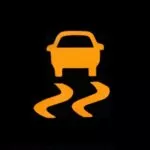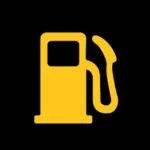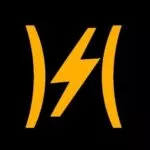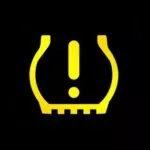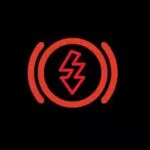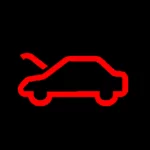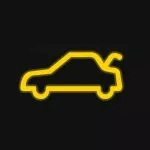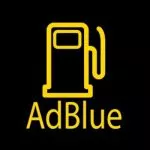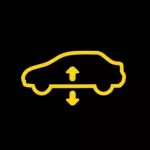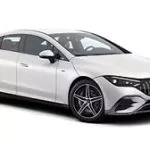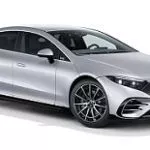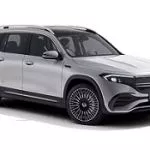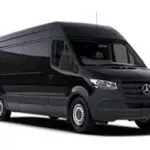Mercedes Benz GLE-Class Warning Lights
The Most Common Mercedes Benz GLE-Class Symbols
These are the most common dashboard symbols that you will see in your Mercedes Benz GLE-Class. Click on one to see more information or scroll further down to see the link to the owner's manual where you can find even more symbols.
Can't see the warning light you are looking for? Check the official manual:
View Owner's Manual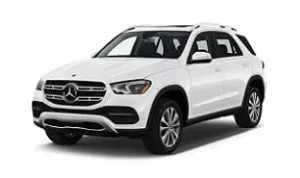
- Manufacturer: Mercedes Benz
- Data Source: Owner's Manual
About the GLE-Class
The GLE-Class is a vehicle manufactured by the luxury German automaker Mercedes-Benz.
Spanning 4 generations to date, models from 2005 were built upon the W164 Platform along with the GL-Class, the newer GLE was now of a unibody configuration (instead of the previous body on frame).
An AMG version was sold at this time purely as a limited edition and featured a 6.2-liter M156 V8 engine.
2007 saw a facelift with changes made to the headlights, bumpers and new rim choices; and a short few years later, the third generation was released.
The 2011 GLE models looked markedly different and ran for 5 years. A number of improvements were made here, with better rear leg room, adaptive cruise control, lane departure warning and adjustable height air suspension.
Maintaining its reputation as an award-winning vehicle, the GLE came first in the ‘Best luxury crossover SUV’ category along with the ‘most ideal vehicle for Americans’ in a nationwide study. To increase the car's appeal, Mercedes created a coupe version that looked incredibly different. The roof was dramatically lowered towards the back to create a much sportier aesthetic. These versions ran from the year 2015 up until 2019 when its end coincided with the release of the fourth generation.
Unveiling the updated models at the Paris Motor Show, Mercedes offered two powertrains, the GLE350 had a 2-liter 4-cylinder engine producing 255 horsepower and the GLE 450 had a 3-liter inline-6 turbocharged engine.
In addition to the traditional engines, there was now two plug-in hybrid variants, both mated to diesel engines, and again both using 31.2 kWh batteries.






